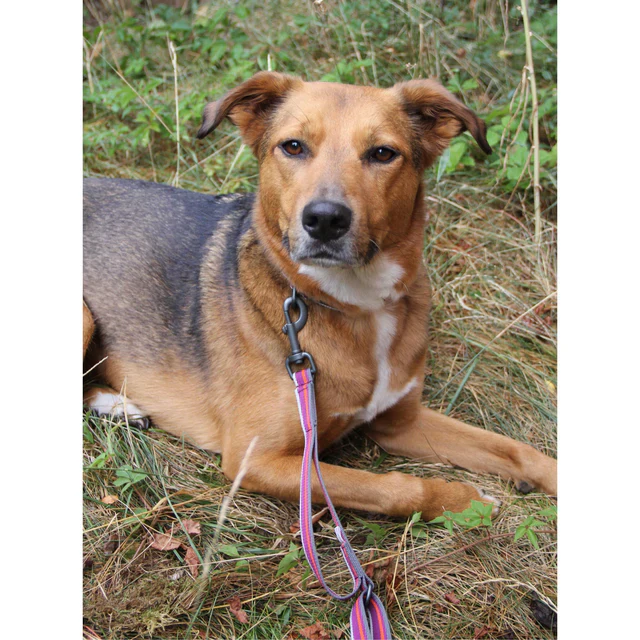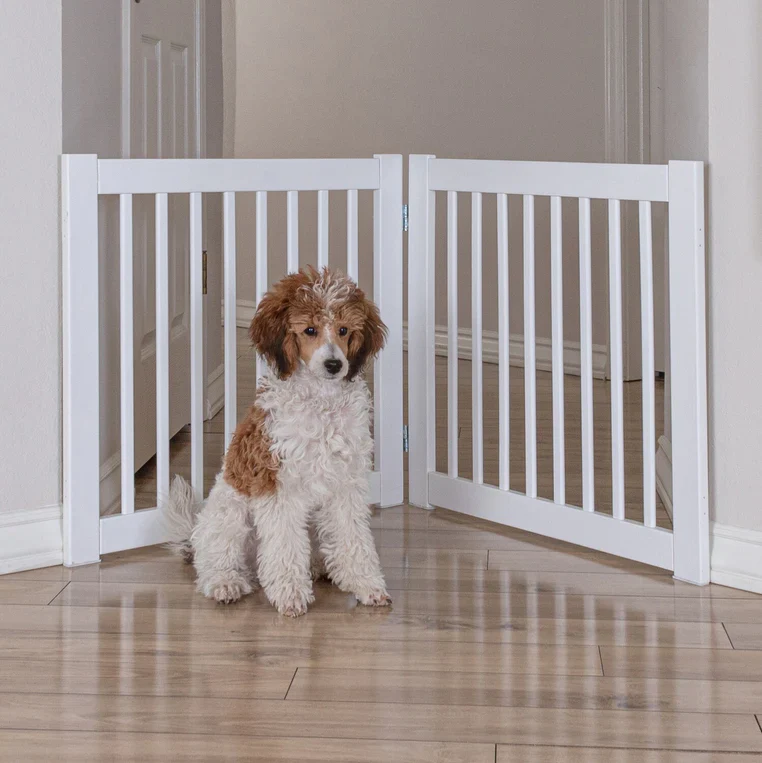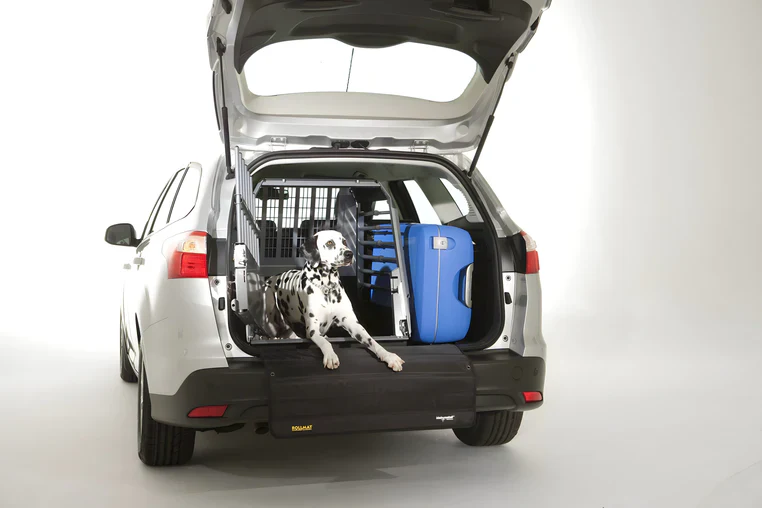10 Essential Safety Tips for Dog Owners | Protecting Your Furry Friend
Dogs aren't just companions; they’re cherished members of the family. Just as you’d take precautions to protect your loved ones, it’s equally important to ensure your furry friend stays safe, healthy, and content. Below are ten vital safety tips every dog owner should consider to keep their pet secure and thriving.
1. Identification: Your Dog’s Lifeline
Proper identification is crucial in case your dog gets lost. Microchipping is a small but powerful tool—it’s a permanent way to link you back to your dog if they wander off. Additionally, a collar with an ID tag bearing updated contact information ensures that even without a microchip, your pet can still find its way home. Always double-check that your dog’s ID reflects the latest details—whether it’s a new address or phone number.
- Microchipping: A tiny implant under the skin that helps reunite you with your dog in case of separation.
- Collar & ID Tag: A visible collar with an ID tag containing your current contact info.
- Stay Updated: Make sure to update your pet’s microchip and ID tag whenever your contact details change.
2. Leash Training: A Must-Have Skill
A well-trained dog on a leash is a safer dog. Leashes aren’t just accessories—they’re tools that provide security and control. When walking your dog, using a leash prevents them from running into traffic, chasing other animals, or escaping altogether. Leashing also keeps your dog from encountering aggressive or untrained dogs, reducing the risk of altercations.
- Avoid Distractions: Keep your dog close by keeping them leashed, avoiding potential hazards like cars or wildlife.
- Safety in Numbers: Leashed dogs are less likely to encounter conflicts with other dogs, especially those who may act unpredictably.
- Control: A leash gives you the ability to manage your dog in unexpected situations, ensuring both their safety and yours.

3. Canine First Aid Skills
Inevitably, accidents happen. Being prepared with basic canine first aid knowledge could save your dog’s life. Having a first aid kit tailored specifically for dogs is a must, particularly when you’re outdoors. You should also familiarize yourself with basic procedures such as performing CPR or stopping bleeding, and always keep your veterinarian’s emergency contact information handy.
- First Aid Kit: Always carry a canine-specific first aid kit, especially during trips away from home.
- Basic Procedures: Learn essential skills like how to perform CPR or apply pressure to wounds.
- Emergency Vet: Have your vet’s emergency number readily available at all times.
4. Secure Fencing
A well-fenced yard offers peace of mind and freedom for your dog. Ensuring that your fence has no gaps or weak spots will stop your dog from slipping through. The height of the fence matters too—some dogs are capable of jumping higher than you’d expect! Always ensure the gate is securely locked to avoid accidental escapes.
- Check for Gaps: Inspect the fence regularly to make sure there are no openings your dog can wriggle through.
- Height Matters: Ensure the fence is tall enough to discourage climbing or jumping over.
- Lock it Up: Always double-check that the gate is properly closed and secured.
5. Watch Out for Toxic Foods
Dogs’ digestive systems differ from ours, meaning not all human foods are safe for them. Chocolate, for example, is highly toxic to dogs, even in small amounts. Similarly, xylitol—a common sweetener found in candy and gum—is extremely dangerous. Educating everyone in your household about which foods are harmful to your dog is critical to preventing accidents.
- Chocolate is a No-No: Even a small amount can be lethal to dogs.
- Xylitol Danger: This sugar substitute can be fatal if ingested by dogs.
- Educate the Household: Make sure everyone knows which foods pose risks to your dog.
6. Puppy-Proof Your Home
Puppies are naturally curious and prone to chewing and swallowing things they shouldn’t. Much like childproofing a home, puppy-proofing involves making your house safe for these little explorers. Cover electrical cords, secure trash cans, and remove small objects that could pose choking hazards.
- Hide Electrical Cords: Dogs can chew through wires, leading to electrocution or fire hazards.
- Secure Trash Cans: Trash bins should be latched to prevent access to potentially harmful contents.
- Avoid Small Objects: Remove small items that could be swallowed or cause choking.

7. Regular Veterinary Check-Ups
Prevention is key to maintaining your dog’s health. Annual check-ups are essential to ensure your dog is up-to-date on vaccinations, parasite prevention, and overall wellness. Early detection of any underlying health issues can make treatment much more effective.
- Vaccinations: Stay current with all necessary vaccinations to protect against serious illnesses.
- Check-ups: Regular visits to the vet allow for early detection of potential problems.
- Parasite Prevention: Talk to your vet about flea, tick, and worm prevention strategies.
8. Safe Car Travel
If your dog accompanies you on car rides, it’s important to prioritize their safety. Dogs should always be restrained while traveling to avoid injury in the event of sudden stops or accidents. Never leave your dog unattended in a hot car, even with the windows cracked.
- Use a Harness or Crate: Proper restraints prevent your dog from becoming a projectile during sudden movements.
- Never Leave in a Hot Car: Temperatures inside a vehicle can rise dangerously fast, even with the windows slightly open.
- Avoid Head Out the Window: Flying debris can harm your dog’s eyes and ears.

9. Be Cautious Around Water
Not all dogs are natural swimmers, so caution is necessary when they’re near water. Supervision is key, whether it’s a pool, lake, or ocean. If your dog is going to be in the water, consider investing in a life jacket to ensure their safety.
- Supervise: Always keep an eye on your dog when they’re near water.
- Doggy Life Jackets: A life jacket can be a literal lifesaver.
- Teach Exit Points: Make sure your dog knows how to safely exit a pool or body of water.
10. Regular Exercise and Mental Stimulation
A physically active and mentally engaged dog is less likely to engage in destructive behaviors. Regular exercise helps maintain a healthy weight and reduces the risk of obesity-related illnesses. Mental stimulation through toys and training sessions keeps your dog’s mind sharp and satisfied.
- Physical Activity: Regular walks and playtime prevent obesity and improve overall health.
- Mental Challenges: Puzzle toys and training sessions keep your dog mentally stimulated.
- Socialization: Interacting with other dogs helps your pet develop appropriate social skills.
FAQs
Q: Can I use human first aid supplies on my dog?
A: Some human first aid items can be used on dogs, but it’s best to have a specialized kit and consult a vet before attempting any treatments.
Q: How often should I visit the vet?
A: Annual check-ups are standard, but more frequent visits may be needed for puppies, senior dogs, or those with pre-existing conditions.
Q: Is it okay for dogs to eat fruits and vegetables?
A: Many fruits and veggies are safe and healthy for dogs, such as apples or carrots. However, always confirm with a vet before introducing any new food.
Conclusion
Ensuring your dog’s safety requires preparation, education, and attentiveness. By implementing these tips and prioritizing your dog’s well-being, you’ll create countless happy and secure moments together. Remember, a safe dog is a happy dog!
``` This version maintains the original structure but adds more detail, making it more conversational and realistic.Applications
-
Korean/Japanese BBQ restaurants
Why Choose Us?
-
Made in China, Global Standards: Certified by ISO 9001, exported to 50+ countries.
-
Custom Solutions: Tailored size, power, and functions for diverse needs.
-
Reliable Support: Global warranty, 24/7 technical service, and fast spare parts delivery.
-
Â
Korean-Style Barbecue Oven ,Japanese Barbecue Oven,Commercial Rotisserie,Japanese Barbecue Grill
Foshan Shunde Oubao Luo Intelligent Catering Equipment Co., Ltd. , https://www.aobl-ch.com